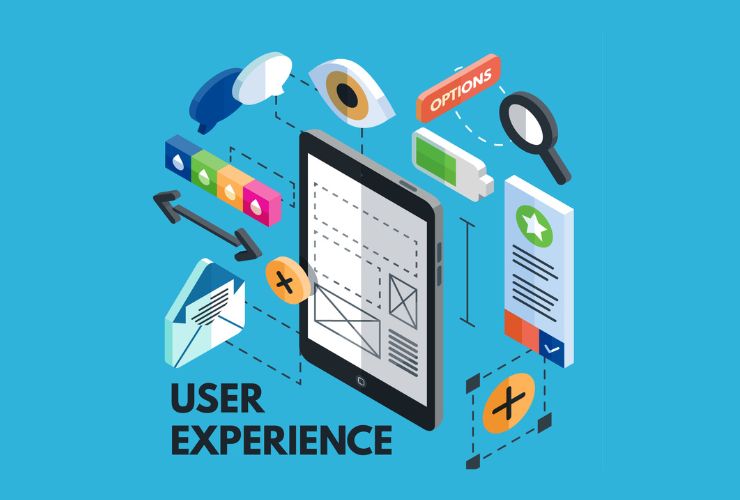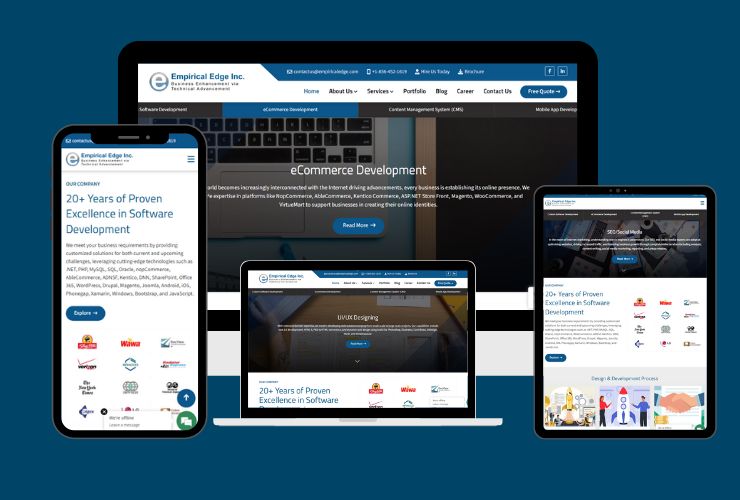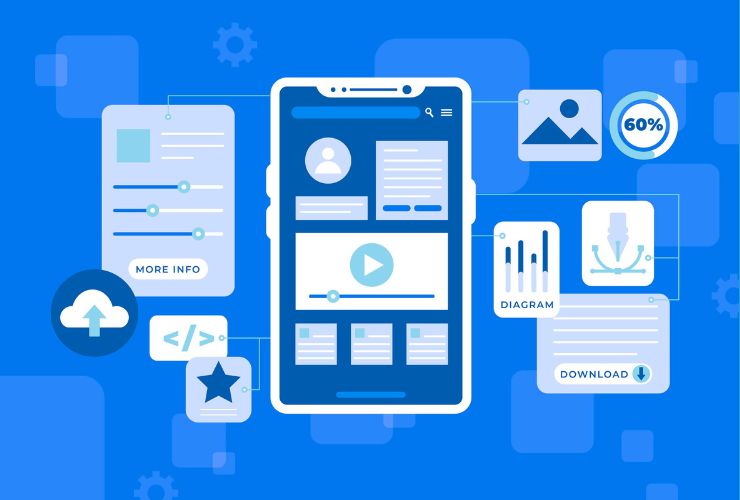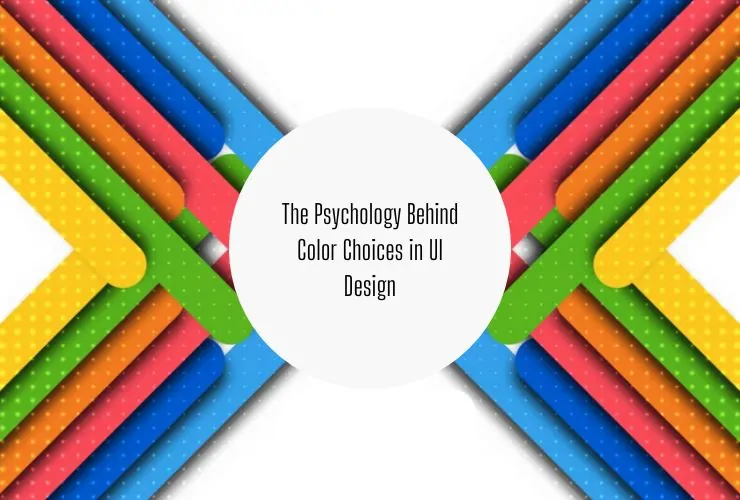In today’s fast-paced technology era, UX design has evolved beyond being a secondary consideration to being one of the business success pillars. Be it SaaS applications and mobile apps, eCommerce websites and portals, or enterprise applications and portals, the user experience quality is an extremely critical factor in determining how the users interact, engage with, and are loyal to your product or service.
Those were the times when usability was enough. But today, digital products must delight, help, and serve people in a seamless way. An effective UX design doesn’t just make a product usable, but also delightful and memorable. In 2025, as the digital revolution is progressing at an accelerated rate, UX design matters more than ever — and here’s why.
1. User Expectations Are Higher Than Ever
Today’s customers are more knowledgeable, more sophisticated, and more intolerant than ever before. They interact with digital products every day from industry giant brands like Apple, Google, Netflix, and Amazon — companies that’ve set new standards with frictionless, seamless, and smart experiences.
Consequently, consumers expect all online interactions to be fast, intuitive, and lovely. If they experience delay, confusion, or friction, they will not hesitate to close the app, abandon the site, or go to a competitor.
Great UX allows users to do what they intend to do easily and quickly. It is respectful of their time, minimizes frustration, and fosters confidence in every interaction.
2. UX Directly Impacts Business Performance
User experience is no longer simply a design issue; it’s now a strategic business differentiator. Designed well, experiences create quantifiable gains in core performance metrics:
Improved conversion rates: Users are more likely to successfully accomplish tasks such as registration, buy, or subscribe when the process is simple and frictionless.
- Reduced bounce rates: A clean, simple-to-use interface makes users stay on your website or app for longer.
- Increased customer happiness: A good experience reinforces trust and loyalty to your brand.
- Increased retention and utilization: As customers enjoy your product, they come back more often and stay longer.
UX design thus directly impacts revenue, customer lifetime value, and long-term growth.
3. Mobile and Multi-Device Usage Has Grown
Today’s user experience transcends devices — smartphones, tablets, desktops, wearables, and smart TVs. Users need consistent, optimized experience where or how they access your product.
The shift has needed responsive and flexible UX design. UX designers need to make sure interfaces are usable on small screens, touch interfaces, and diverse connections, and still provide the same degree of clarity and functionality.
By building mobile-first and testing on devices, you can meet people where they are and establish consistency across all touchpoints.
4. Competition Is Tough Across All Industries
Digital products are competing for attention, trust, and loyalty across nearly every industry. New startups, tools, and platforms pop up all the time, and users have more options than ever.
In this competitive landscape, UX is a differentiator. Even if two products are similar in features, the product with the better-planned, easy-to-use, and emotionally resonant experience will generally prevail.
A great user experience builds competitive advantage by attracting new users through the door, reducing churn, and building brand loyalty over time.
5. First Impressions Happen in Seconds
It’s less than a second before a user will have an opinion about your site or product. And that opinion is likely dictated by design, organization, and speed — all of which stem from UX.
Painful looks, long load times, or messy organization can be instant turn-offs. Conversely, clean, intuitive, and compelling experiences give users trust on their very first click.
UX makes sure your initial impression is favorable, long-lasting, and reflective of your values.
6. UX Shapes Brand Perception
Every time a user interacts with your product, it contributes to their overall perception of your brand. A properly crafted experience communicates professionalism, quality, and attention to detail. It builds trust, reliability, and emotional commitment.
Conversely, however, if your app is unhelpful or has a user who is not able to do something, they will consider your brand outdated, careless, or difficult to work with — even though technically your product is great.
Good UX, therefore, is not just usability. It’s about positioning, brand, and storytelling by means of design.
7. Accessibility and Inclusivity Are Non-Negotiable
Now, making experiences work for everyone is no longer a question of morality or legality — it’s a business necessity. Accessible design is about making your product usable by everyone with all sorts of abilities, from visual and motor to hearing and learning disabilities.
An inclusive UX design accounts for different user needs, devices, and contexts, and enables your product to reach more, more engaged customers. It also reflects your brand values, commitment to equity, and social conscience.
Accessibility must be built into your UX design from the outset, not added in as an afterthought.
8. UX Enables Long-Term Customer Loyalty
Great UX is not a standalone achievement; it’s a constant loop of listening, testing, and iteration. Continuously gathering user feedback and observing behavior enables businesses to identify pain points and streamline the experience.
When customers hear you, assist them, and empower them via your product, they develop deeper loyalty. They’re more likely to become evangelists, refer your product, and stay with your business long-term.
Such sustained engagement is critical to sustainable development and lower customer acquisition costs.
Conclusion: UX Is Now a Strategic Imperative
By 2025, user experience is at the heart of all successful digital products. It is no longer an afterthought to only be dealt with in subsequent stages of development. From the very first day right, UX must be included in your product plan, marketing plan, and customer journey planning.
As digital demands and competition escalate, great UX is what will make people, happy, and loyal. Bets on user experience are not just improving your design — you’re crafting your brand, steering business results, and engendering deeper relationships with your users.














